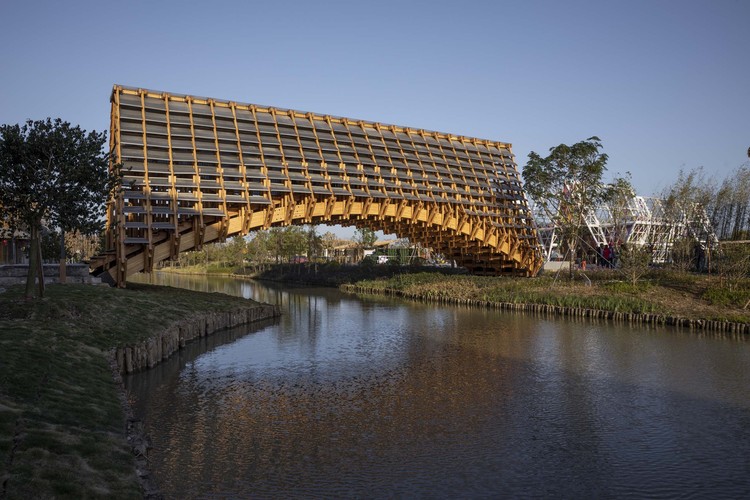Railroad Bridge inspection design for pedestrian use prioritizes safety, accessibility, aesthetics, and sustainability to create inviting and functional structures that enhance pedestrian experiences in various settings. These bridges are often designed with unique considerations to accommodate foot traffic, provide scenic viewpoints, and blend harmoniously with natural landscapes. Here are key aspects of Railroad Bridge inspection design for pedestrian use:
1. Structural Considerations:
- Load Requirements:
- Railroad Bridge inspections for pedestrians are designed to accommodate pedestrian loads, including pedestrians, cyclists, and occasional maintenance vehicles, while ensuring structural integrity and safety.
- Clear Span and Width:
- Pedestrian bridges feature clear spans and widths optimized for pedestrian comfort and accessibility, providing ample space for crossing and accommodating diverse user needs.
2. Accessibility and Safety:
- ADA Compliance:
- Pedestrian Railroad Bridge inspections adhere to Americans with Disabilities Act (ADA) guidelines, incorporating features such as wheelchair ramps, handrails, and non-slip surfaces to ensure accessibility for all users.
- Guardrails and Parapets:
- Safety guardrails and parapets are installed along pedestrian bridges to prevent falls, enhance user safety, and provide visual cues for pedestrians, especially in elevated or scenic locations.
3. Aesthetic Integration:
- Natural Materials and Finishes:
- Railroad Bridge inspections for pedestrians utilize natural materials, earthy tones, and textured finishes to blend seamlessly with natural landscapes, enhancing visual harmony and preserving scenic views.
- Architectural Details:
- Architectural elements such as timber trusses, arches, and decorative features contribute to the aesthetic appeal of pedestrian bridges, creating focal points and enhancing the overall design.
4. Environmental Sustainability:
- Sustainable Materials:
- Pedestrian Railroad Bridge inspections use sustainably sourced timber or engineered wood products (EWPs) that promote carbon sequestration, minimize environmental impact, and support responsible forestry practices.
- Low-Impact Construction Practices:
- Construction techniques prioritize minimal disturbance to natural habitats, employ erosion control measures, and use eco-friendly coatings and treatments to protect water quality and wildlife.
5. Contextual Design:
- Site-Specific Design Solutions:
- Pedestrian bridges are tailored to fit within specific site constraints, considering topography, water bodies, vegetation, and cultural context to create harmonious and functional connections.
- Scenic Viewpoints and Interpretation:
- Pedestrian bridges often incorporate viewing platforms, interpretive signage, and seating areas that enhance visitor experiences, encourage exploration, and highlight unique natural features.
Conclusion:
Railroad Bridge inspection design for pedestrian use embodies a holistic approach that integrates structural performance, accessibility, aesthetics, and environmental responsibility. By embracing sustainable design principles, innovative engineering techniques, and community engagement, timber pedestrian bridges create memorable and inviting connections within the built environment while promoting pedestrian mobility, recreational enjoyment, and appreciation of natural landscapes. As iconic landmarks and essential components of urban and rural infrastructure, pedestrian Railroad Bridge inspections enrich public spaces, foster community connections, and contribute to the enduring legacy of timber as a versatile and sustainable construction material.

